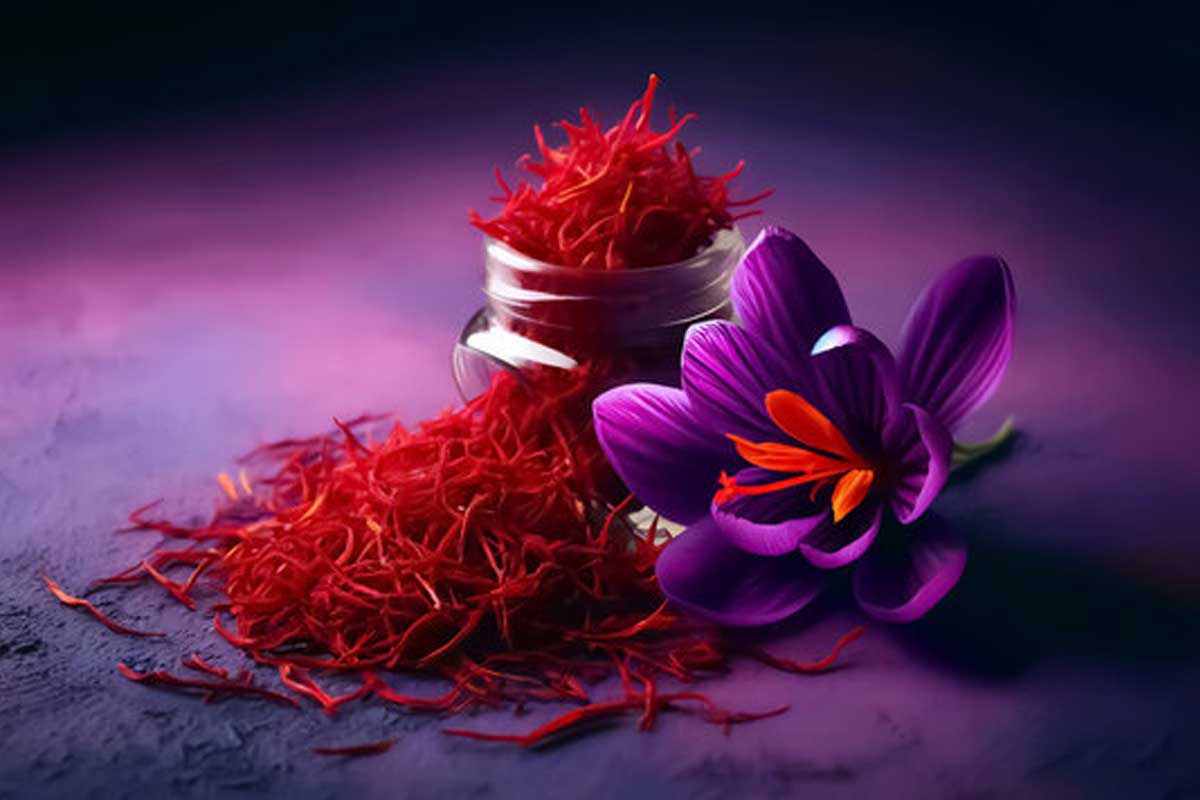Free Express International Delivery & Easy Returns
Free Express International Delivery & Easy Returns
The Science Behind Saffron's Aroma and Flavor

Saffron, renowned for its distinctive aroma and flavor, owes its sensory attributes to a complex array of chemical compounds that interact synergistically to create its unique profile. Let’s explore the science behind saffron’s aroma and flavor in detail, unraveling the fascinating chemistry that makes this spice one of the most prized in the world.
Saffron’s characteristic aroma is primarily attributed to a compound called safranal. Safranal is a volatile compound derived from the degradation of a glycoside called picrocrocin during the drying process of saffron stigmas. Picrocrocin itself contributes to saffron’s flavor, imparting a distinct bitterness to the spice. Safranal is responsible for the floral, honey-like fragrance that is characteristic of high-quality saffron and is a key component of its aromatic profile.
Saffron also contains a variety of terpenes and volatile oils that contribute to its aroma and flavor. These include compounds such as terpinoids, carotenoids, and aldehydes, which add complexity and depth to saffron’s sensory profile. Terpenes are aromatic hydrocarbons found in plant essential oils, while carotenoids are pigments responsible for saffron’s vibrant color. These volatile compounds interact synergistically with safranal and picrocrocin to create the multi-dimensional aroma and flavor of saffron.
While not directly responsible for saffron’s aroma and flavor, the pigments present in saffron play a crucial role in its sensory perception. Crocin is a water-soluble carotenoid compound responsible for saffron’s intense red-orange color. Crocetin, a fat-soluble carotenoid, contributes to the stability and intensity of saffron’s color. The visual perception of saffron’s vibrant hue enhances the overall sensory experience, influencing the perception of its aroma and flavor.
In addition to its aroma, saffron’s flavor profile is characterized by a delicate balance of bitterness and sweetness. The bitterness of saffron is primarily attributed to the presence of picrocrocin, the glycoside compound mentioned earlier. Picrocrocin is responsible for the initial bitter taste that dissipates quickly, giving way to the sweet, floral notes imparted by safranal and other aromatic compounds. The interplay between bitterness and sweetness contributes to saffron’s complex and nuanced flavor profile.
The aroma and flavor of saffron are assessed through sensory evaluation techniques that involve subjective analysis by trained professionals or sensory panels. Criteria such as intensity, complexity, balance, and persistence are used to evaluate the overall quality of saffron. High-quality saffron is characterized by a vibrant color, intense aroma, and well-balanced flavor profile, while inferior saffron may exhibit off-notes, mustiness, or bitterness due to improper processing or storage.
Conclusion
The science behind saffron’s aroma and flavor is a testament to its complex chemistry and sensory appeal. From the volatile compounds responsible for its distinctive fragrance to the pigments that enhance its visual allure, saffron’s sensory attributes are the result of a delicate interplay of chemical compounds. Understanding the science behind saffron’s aroma and flavor not only deepens our appreciation for this prized spice but also provides insights into its culinary versatility and therapeutic potential.
Copyright © 2024 Zaflore.